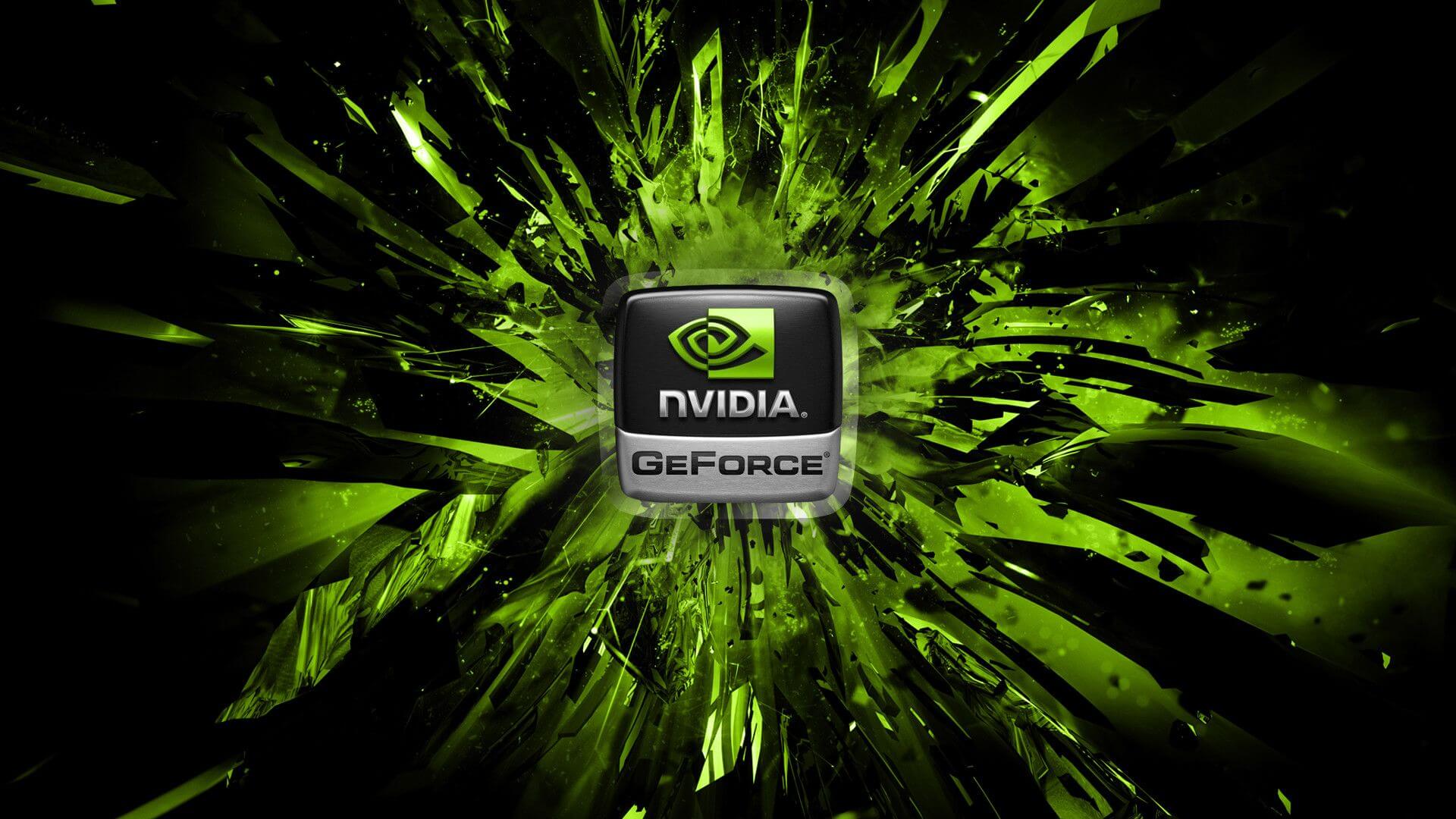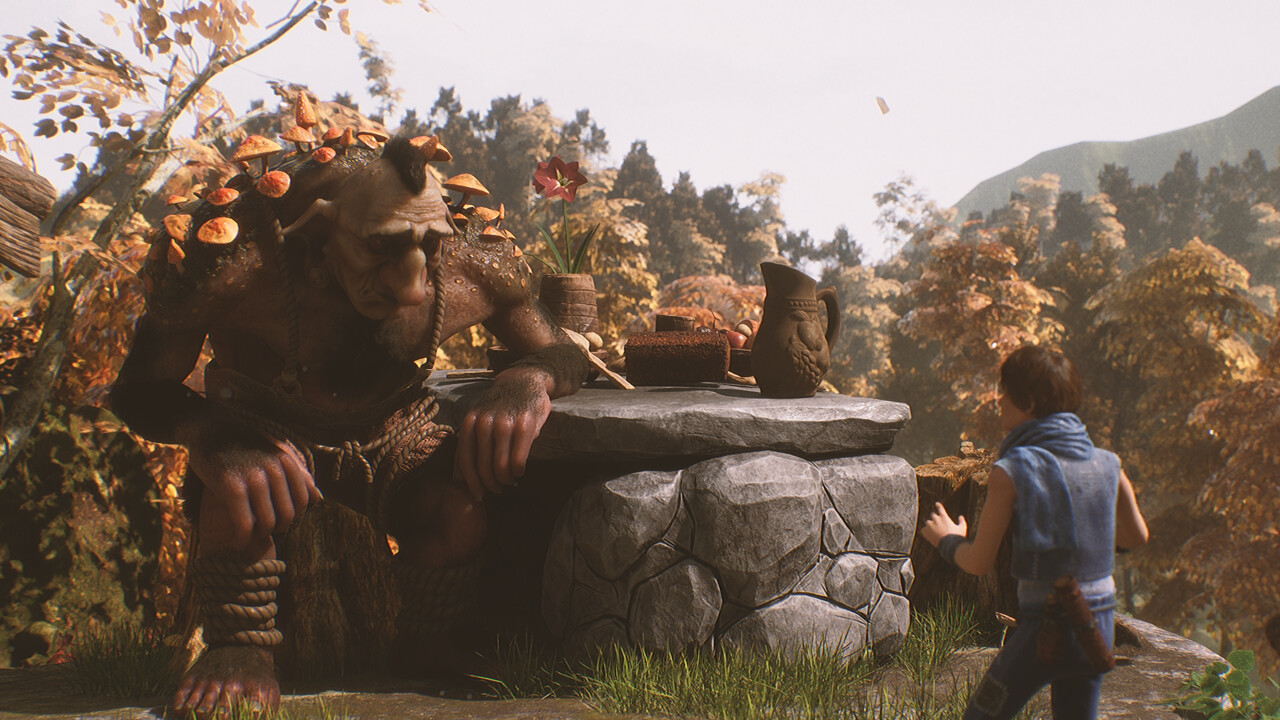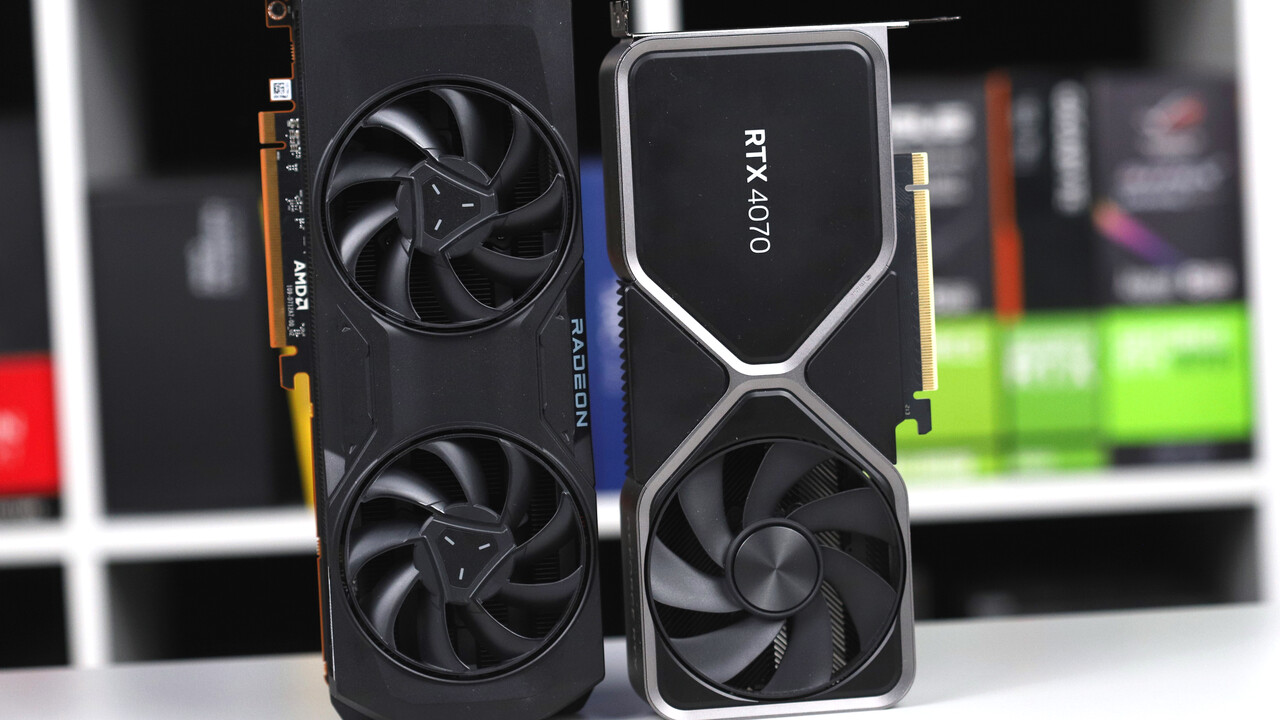Unfortunately, despite the FSR implementation being updated from FSR 2.2 to FSR 3 with the latest patch, the quality of FSR upscaling remains the same as it was on launch day. In Starfield, the main issue FSR upscaling has is a constant shimmering on many objects, such as thin steel objects, transparent materials, tree leaves and vegetation in general, laser sights and scopes, power lines and neon signs. These shimmering artifacts are visible across all resolutions and quality modes when standing still, but are even more noticeable in motion. The FSR 3 upscaling implementation also has visible pixelation on particles and disocclusion artifacts on NPCs, which is especially visible at lower resolutions such as 1080p. It is important to note all of these issues because AMD's Frame Generation solution can only be used in conjunction with FSR upscaling, which means that you can't enable the platform-agnostic technology together with native TAA or DLSS/XeSS, and unfortunately, running FSR 3 at native resolution doesn't save you from the visual issues that we found during our testing. These results indicate that the built-in FSR antialiasing itself is causing these artifacts.
With that being said, when you apply Frame Generation—a technology that uses information from previous frames to smoothly generate additional GPU frames without CPU involvement—to the image that already has lots of artifacts and image breakups in motion, you'll receive an even more unstable image as a final result. This is especially noticeable at 1080p, a resolution where most players would want to enable AMD's Frame Generation to boost their performance and smoothness. At this low resolution, FSR upscaling in "Quality" mode and Frame Generation enabled, the image becomes noticeably softer with disruptive and immersion breaking shimmering and ghosting. It is very unfortunate that using AMD's Frame Generation is locked to FSR upscaling, noticeably decreasing the overall image quality. If TAA or DLSS/XeSS could be used as the base image, enabling AMD's Frame Generation solution would produce a much more appealing image quality. On a positive note, at least the FSR 3 Frame Generation implementation does not introduce any jittering issues with the in-game UI.
Intel's XeSS comes with three upscaling kernels that are optimized for various architectures. The first is the kernel that gets used on Intel Arc GPUs with their XMX engines. This is the most advanced model too, that not only performs better in terms of FPS, but also offers the best upscaling quality, the "Advanced XeSS upscaling model." Intel also provides an optimized kernel for Intel Integrated Graphics, and another compatibility kernel, used for all other architectures that support Shader Model 6.4, e.g. all recent AMD and NVIDIA cards. These use the "Standard XeSS upscaling model," which is somewhat simpler, with lower performance and quality compared to the Advanced XeSS upscaling model (we use the compatibility model with our test system's RTX 4080). If DP4a instructions aren't available, as on the Radeon RX 5700 XT, slower INT24 instructions are used instead.
Speaking of XeSS in Starfield, the XeSS 1.2 implementation in its DP4a mode looks quite impressive in this game compared to FSR 3 upscaling and the in-game TAA solution. The quality of built-in XeSS antialiasing is superior to both FSR 3 and TAA, and very close to DLSS in maintaining a stable image without shimmering or flickering of thin objects at 1440p and 4K resolutions. However, things are a bit different at the lower 1080p resolution: while XeSS is still able to produce an image without excessive shimmering at "Quality" mode, image artifacts become a problem, especially on weapon sights. There are very noticeable ghosting issues to the point that we could clearly see four laser sights on the weapon when moving the mouse, this is very distracting for some people. Pixelation of particle effects is also an issue for XeSS in "Quality" mode at 1080p resolution, but to a lesser degree in comparison to FSR 3 upscaling.
If you want the most stable and clean image in Starfield—DLSS Super Resolution can deliver it. Because of yet another poor implementation - this time the in-game native TAA solution, which has a very blurry overall image across all resolutions and very poor rendering of small object detail and shimmering artifacts, even at 4K, enabling DLSS Super Resolution produces distinctly cleaner overall image quality, free from artifacts across all resolutions and quality modes. With DLSS enabled you can expect an improved level of detail of particle effects, tree leaves and vegetation rendering, power lines and neon signs are stable in motion, providing a more comprehensive and immersive presentation, particularly during motion, compared to native TAA or FSR 3/XeSS solutions. The latest patch also fixes some DLSS related bugs and glitches that the game had since November, such as small black dots on the ground when DLSS was running at resolutions below 1080p internally, and an issue that could make clouds appear to vibrate when using DLSS in "Performance" mode.
The DLSS Frame Generation implementation in Starfield is excellent, producing a stable and crisp image without any jittering issues on the in-game on-screen UI, the area where Frame Generation often has issues. Small particle effects, such as rain or laser sights, are rendered correctly, even during fast movement. As a perk, the DLSS Frame Generation implementation in this game has the ability to use Frame Generation together with DLAA, for a better than native result while still benefiting from improved framerates. During our DLSS Frame Generation testing, overall gameplay felt very smooth and responsive, and we didn't spot any issues with input latency.
Regarding performance, the DLSS, XeSS 1.2 and FSR 3 implementations in Starfield offer significantly lower performance gains compared to the norm set by other games that use the same technologies. Usually, going from native rendering to "Quality" mode will grant a solid 40% performance boost, or even higher in some games, but in Starfield, the performance increase is only around 25% in "Quality" upscaling modes compared to native rendering. Despite Starfield receiving several improvements to CPU performance from post-launch patches, it is still a very CPU intensive game, especially inside big cities, and high-powered GPUs such as the GeForce RTX 4080 will end up CPU bottlenecked in some sequences of the game at 1440p resolution and below. In such scenarios, very welcome help comes from the DLSS and FSR 3 Frame Generation technologies, which have the ability to bypass CPU limitations and increase the framerate. With DLSS or FSR in "Quality" mode and Frame Generation enabled, you can expect doubled performance across all resolutions, with AMD's Frame Generation producing slightly more frames in GPU limited scenarios than NVIDIA's Frame Generation solution, albeit with worse image quality.











 As soon as 50xx arrives, you'll be all over it!
As soon as 50xx arrives, you'll be all over it! 


